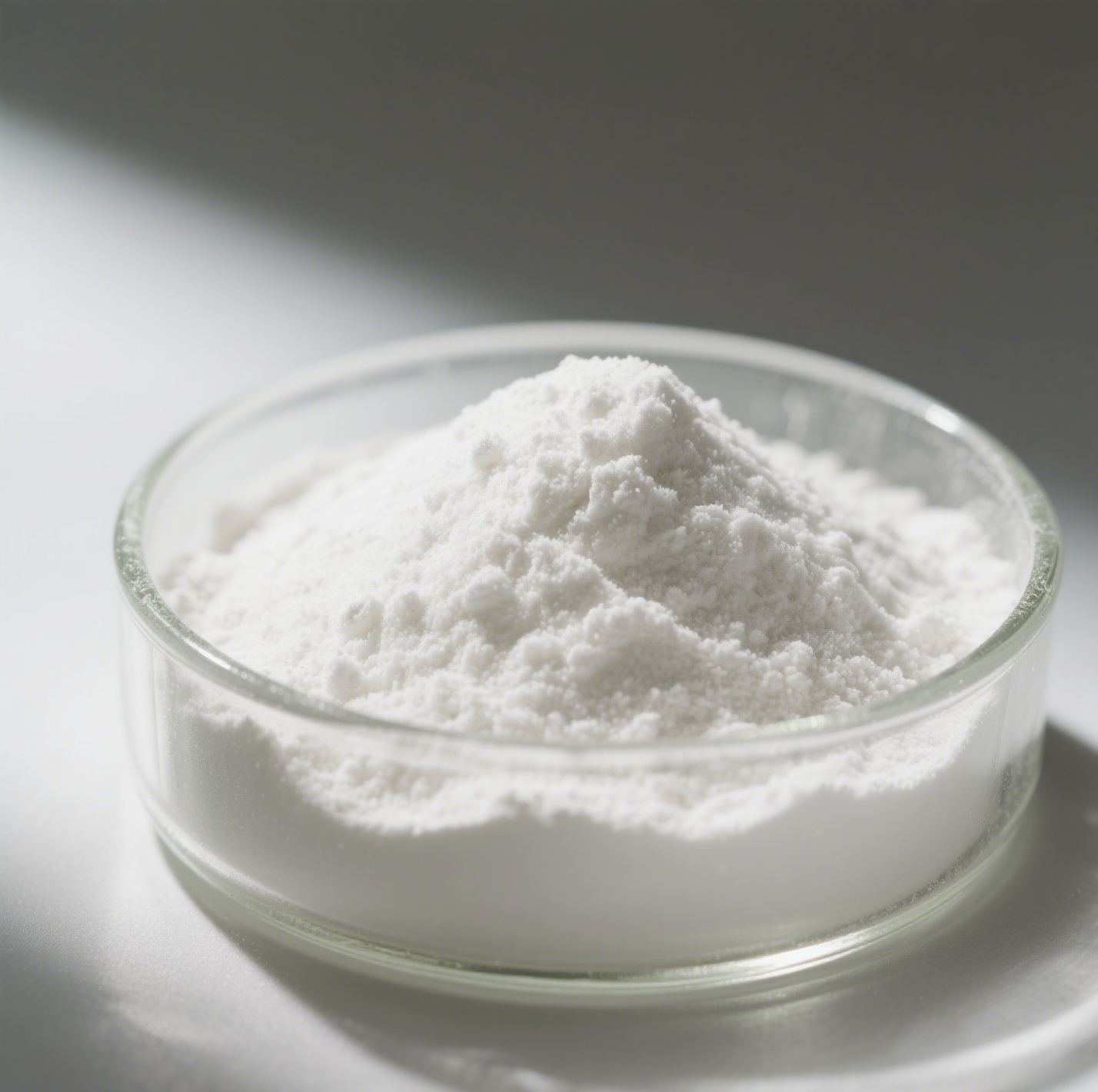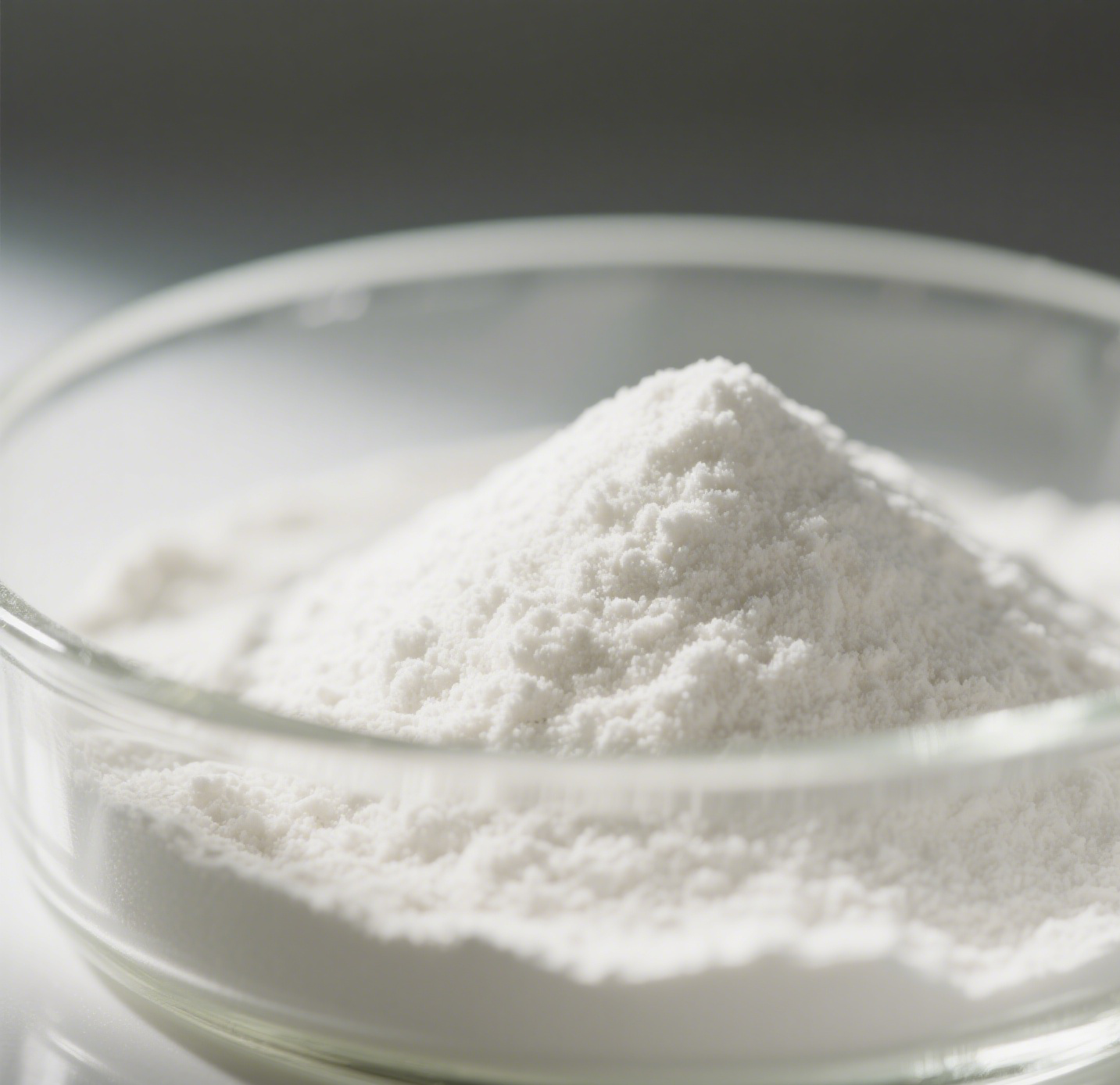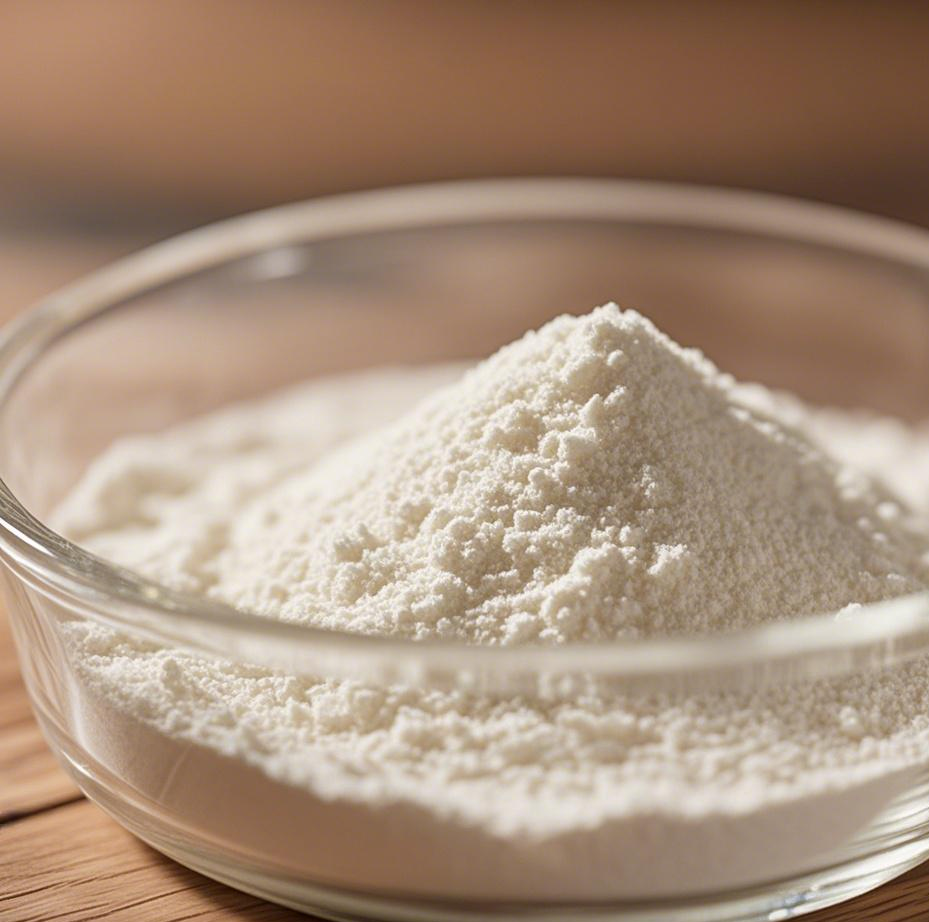modified maltodextrin
Modified maltodextrin represents a significant advancement in food ingredient technology, offering enhanced functionality compared to traditional maltodextrin. This specialized carbohydrate undergoes precise molecular modification processes, resulting in improved solubility, stability, and versatility across various applications. The product exhibits exceptional binding properties and acts as an effective stabilizer in food systems, while maintaining neutral taste characteristics. Its unique molecular structure allows for better control of viscosity and texture in food formulations, making it particularly valuable in reduced-fat products and sugar-free alternatives. The modified version demonstrates superior resistance to heat and pH variations, ensuring consistent performance across different processing conditions. In beverage applications, it provides improved mouthfeel and body without contributing excessive sweetness. The modification process also enhances its ability to function as a carrier for flavors and active ingredients, making it invaluable in functional food development. Its technological capabilities extend to improving freeze-thaw stability in frozen products and enhancing the shelf life of various food items through moisture management.


